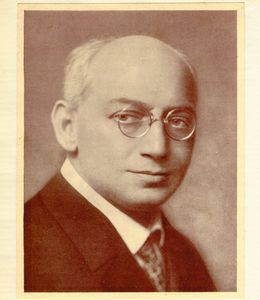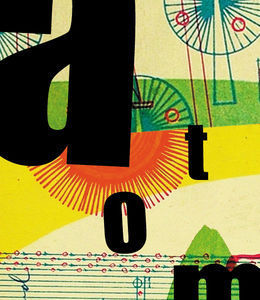Vera and Donald Blinken Open Society Archives
2006
Chess and Communism from Capri to Reykjavik. Sam Havadtoy's works in 41 steps.
On the occasion of the 50th anniversary of the 1956 Hungarian revolution, OSA Archives has copied and digitized the Hungarian refugee interviews conducted in 1957 and 1958 within the framework of the Columbia Research Project Hungary (CURPH). After the suppression of the revolution almost two hundred thousand Hungarian citizens opted to escape and find a new home abroad. They were not only the primary eye-witnesses to the revolution itself but also to life under Communism. The Soviet bloc during and after the Stalin era was a hermetically closed orbit. The self-image projected by these regimes seemed both enigmatic and threatening to outside observers. Therefore, the Hungarian refugees, like other Eastern European refugees who managed to flee to the West throughout the 1950s taking with them their experiences and knowledge, were a...
Among a range of interesting Post-Communist cultural phenomena, we have witnessed the emergence of what has been labeled the New Middle Ages by Umberto Eco. The resurrected Middle Ages in Hungary and East-Central Europe, however, exhibits different traits from West European festivals and spectacles. Above all, the phenomenon lies much closer to politics, sometimes with positive overtones, but, unfortunately, frequently with menacing, even destructive effects. Medieval monuments became a central battleground in the wars that marked the dissolution of Yugoslavia. And this is not atypical, political battles continue to be fought around medieval sites throughout the region. The centuries-old ruins of medieval fortresses and grand church edifices are being reconstructed, resurrected from the annals of history, to be turned into national...
In 1918 Freud regarded Budapest as a possible center for the European psychoanalytical movement. His opinion was based partly on Sándor Ferenczi himself and a decade of cooperation and friendship, and partly on the psychoanalytical community that Ferenczi had created.
This idea was supported by the city's avant-garde intelligentsia, who played a crucial role in determining the city's atmosphere. The capital of Hungary, Budapest was rapidly modernizing and open to a new "human perspective" (Ignotus).
The exhibition presents the decades of the beginnings and evolution of the Hungarian psychoanalytical movement through the life of Ferenczi, his family, professional and private relationships, as well as through the intense relationship between psychoanalysis and literature, fine arts and political sciences.
Budapest became...
Curators:
- Paul Josephson, Colby College, USA
- Karl Hall, Central European University, History Department, Budapest
- Olga Zaslavskaya, OSA Archivum, Budapest
The occasion for our upcoming exhibition is the forthcoming 20th anniversary of the Chernobyl catastrophe. The exhibition focuses retrospectively on the history of nuclear research and the peaceful uses of nuclear energy, primarily in the USSR and the other former communist countries. This topic was one of the most crucial, and painfully sensitive, issues of the past century and the cold war period.
It is not our intention to provide a detailed historical exposé. Instead, the curators of the exhibition wish to give an overall picture of the fascination and the fear - both of them very real at the...
On the international Holocaust remembrance day - the 27th of January - the Galeria Centralis (1051 Budapest, Arany János u. 32.) opens an exhibition titled "The Holocaust against the sinti and roma and present-day racism in europe". The exhibition is organized by The Documentation and Cultural Centre of German Sinti and Roma (Heidelberg) and the Holocaust Documentation Center and Memorial Collection Public Foundation.
The spectacular exhibition occupying approximately 150 square meters in the exhibition hall seeks to attract attention not only visually, but also through the information it conveys. The 72m long panels are equipped with Hungarian audio tapes to help local audiences. The exhibition seeks to...



